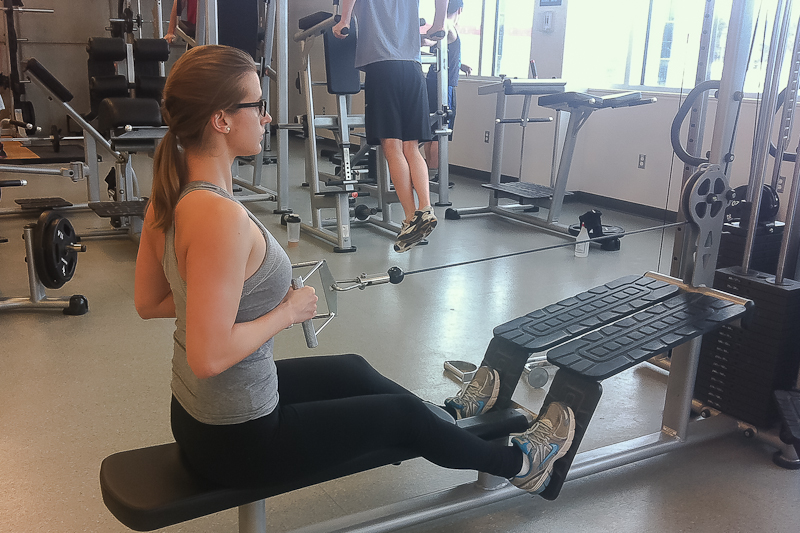Exercise has long been shown to have tremendous health benefits for individuals living with Type 2 diabetes.
Some experts suggest the benefits of high-intensity interval training (HIIT) exceed those of low or moderate-intensity continuous exercise.
HIIT involves short bouts of exercise with the goal of maintaining a near-maximal heart rate, followed by brief periods of decreased activity or rest. While it can vary based on individual goals and differences, the exercise protocol lasts an average of 20 minutes, about three days a week.
Along with the proven health benefits, the modest time commitment required by HIIT has made it an appealing choice for many.
Glucose regulation
Insulin resistance is a hallmark trait of many metabolic conditions, including Type 2 diabetes, and it can lead to alarming blood glucose levels.
Compared to low and moderate-intensity exercise, HIIT causes a large increase in the number of active muscle fibres at one time. This can lead to more glucose uptake and thus a temporary ⎯but notable⎯decrease in blood glucose.
Following a HIIT session, one particular study showed an elevation of a specialized protein which facilitates the entrance of glucose into the body’s muscle cells.
Levels of hemoglobin A1c, an oxygen-carrying protein embedded with glucose, have also been shown to decrease following HIIT.
Although it’s temporary, the glucose relief which HIIT provides remains significant to clinicians and researchers. In fact, it has been suggested that exercise intensity should be the primary focus when prescribing exercise to individuals with Type 2 diabetes.
Cardiovascular health
HIIT has also been linked to improvements in cardiovascular function, which can often be compromised by conditions like Type 2 diabetes.
Stroke volume, the amount of blood that pumps with every heartbeat, has been shown to increase in individuals with Type 2 following a 12-week HIIT program.
In this way, active muscles across the body are able to access more oxygen to break down glucose and replenish energy supplies.
Studies have also linked HIIT to beneficial growth of the heart’s left ventricle, the chamber responsible for pumping blood to the rest of the body.
Thermoregulation
While HIIT can protect against some of the effects of Type 2 diabetes, it can also put individuals at an increased risk of becoming dehydrated.
Dehydration can occur when the fluid lost from the body is not adequately replaced. It happens often during exercise, especially with increasing intensities.
During exercise, heat is produced as a byproduct of metabolism. The amount of heat produced is proportional to the exercise intensity. HIIT can lead to a relatively large increase in heat production, raising body temperature to a greater degree than low or moderate-intensity exercise would.
HIIT also causes increased sweating in order to dissipate the excess heat stored by the body. While this mechanism remains helpful in regulating body temperature, excessive sweating can increase the possibility of dehydration.
Exercising while in a state of reduced hydration can cause abnormal elevations in heart rate and body temperature. This can have detrimental effects on brain and cardiovascular health.
Even at rest, individuals with Type 2 diabetes are more prone to dehydration, given the condition’s relatively elevated blood glucose levels.
The amount of glucose in the blood per volume of fluid is relatively high, often leading to more frequent urination, which only further exacerbates hydration status. Coupled with HIIT’s influence on hydration, this places individuals with Type 2 at a heightened risk of dehydration and its side effects.
In order to access the full spectrum of benefits which HIIT can provide, it’s crucial to actively stay hydrated.
In addition to its cited health benefits, HIIT has been linked to improvements in VO2 max—an indicator of aerobic fitness—and healthy reductions in blood pressure and resting heart rate.
While HIIT offers some promise to the management of Type 2 diabetes, it should still be approached with diligence, and if you have a chronic disease or injury, it is best to always consult your physician first.
File photo.






